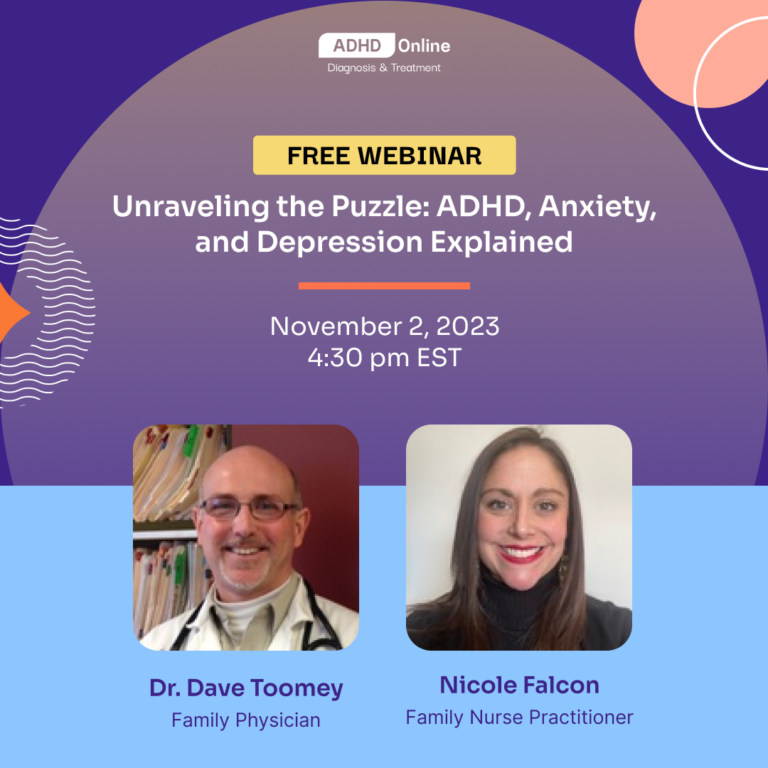There is a lot of misinformation about the impact of food on ADHD. Poor diet can exacerbate ADHD symptoms, but unhealthy foods cannot cause ADHD. Alternatively, healthy foods cannot fix ADHD. But while food is not a cure, specific dietary modifications can alleviate ADHD symptoms.
Children and adults benefit by eating a nutritious diet, one that promotes their well-being and helps them to grow and develop properly. Likewise, less-healthy diets can have the opposite effect, particularly on those who struggle with ADHD.
“In children, ADHD is a prevalent condition of brain development,” says Saroj Kumar, founder and director of Health Review Live. “Children’s moods and self-control may be affected by particular diets and minerals.” By improving the brain’s ability to function, the right foods may help ease symptoms like restlessness and a lack of attention.
Subtracting Sugar and Other Problematic Foods
It has a bad reputation, but sugar is not the source of all evil. Many parents claim that sugar causes hyperactivity in their children, particularly kids with ADHD. But a substantial body of research shows that excessive sugar consumption and hyperactivity are in fact unrelated.
A high-sugar diet is bad for everyone, whether they have ADHD or not. “High sugar consumption in children is linked to long-term health problems, including obesity, dental decay, and Type 2 diabetes,” says Kumar. “Limiting your child’s sugar consumption, even if it has no effect on their behavior, is an excellent idea.”
Subtracting sugar alone may not alleviate ADHD symptoms. It’s important to monitor your child’s consumption of other trigger foods, too:
Artificial food colors and dyes. Many packaged foods include potentially harmful artificial food colorings and dyes. “ADHD symptoms may be exacerbated by the use of these chemicals, which make the meal seem bright and appealing,” says Kumar, although “the particular process through which these chemically based hues and dyes influence ADHD is not yet clear.” Limiting consumption of these foods may prove beneficial for the health of every growing child.
Caffeine. The American Academy of Pediatrics notes that most children and adolescents drink or eat some form of caffeine every day. It occurs naturally in some plant-based foods and drinks, and it’s added to a slew of manufactured products. Sources of caffeine include soda, energy drinks, chocolate, juice, candy, lip balm, over-the-counter medicines and supplements, to name just a few.
Caffeine is a stimulant — and ADHD symptoms are often treated with stimulants. But caffeine may not be as effective as stimulant medications for a few reasons:
- One child may not respond to caffeine the same way another child does.
- The caffeine content of foods and drinks can vary significantly, making it difficult to accurately measure doses.
- The medications prescribed by doctors contain higher, controlled doses of stimulants that specifically treat ADHD.
- Taking caffeine alongside ADHD medications may cause a stimulant overload and lead to adverse effects, such as insomnia, anxiety, nausea, appetite suppression and tremors.
Allergens. It’s possible that some children with ADHD are hypersensitive to common allergens like milk, soy, shellfish, wheat and peanuts. A cross-sectional study of elementary school students revealed that early food allergy is connected with ADHD. “It may be beneficial to avoid foods that create sensitivity,” says Kumar. The National Institutes of Health encourages parents to monitor food allergy in early life to help in the early prediction and intervention for ADHD in children.
Adding Protein and Other Nutritious Foods
A balanced diet is important for all humans and can prove significantly helpful for children who struggle with ADHD. Subtracting problematic foods is only half of the equation. It’s equally important to add beneficial foods, like protein.
Protein-rich foods play a big role here, as protein is necessary for brain health. “Incorporating protein into a meal helps to reduce blood glucose increases,” explains Kumar. “Some believe that these bursts of energy cause hyperactivity.”
Eating protein-rich foods in the morning and after school may help improve concentration and extend the efficacy of ADHD medications. Encourage taking the medication with food that is rich in protein, like a boiled egg, apple with peanut butter, oatmeal, or even a protein shake or vegetable juice with protein powder.
Add protein to meals with lean beef, poultry, pork, beans, nuts, fish, and eggs. Be careful to avoid foods to which your child is sensitive or allergic. Supplement the protein — and further control ADHD symptoms — with additional healthy choices:
Carbohydrates. Complex carbohydrates can prevent blood sugar spikes and help prevent a child’s desire to nibble on sugar-laden foods. Eating complex carbs — fruits, veggies, whole-grain bread and pasta, brown rice — before bedtime may lead to a better night’s sleep, which also helps ease ADHD symptoms.
Micronutrients. Some studies have linked ADHD with low levels of micronutrients, such as iron, magnesium, zinc, vitamin B-6 and vitamin D. Increasing a child’s intake of foods rich in these vitamins and minerals may have a positive effect on ADHD symptoms.
Iron can be found in beef, and zinc is found in seafood and nuts. Peanuts and spinach are good sources of magnesium. Salmon and potatoes contain vitamin B-6. And fish, egg yolks and fortified foods contain vitamin D.
Calcium. Calcium is another micronutrient that can help ease ADHD symptoms. Of course, it is important for bone health, particularly in growing kids. But calcium also aids in the transmission of nerve impulses and lessens impulsivity.
Calcium is found in milk, yogurt, cheese, beans and broccoli. For children with dairy sensitivities, calcium-fortified plant milk — like flax, almond and soy milk — are good options.
Omega-3 Fatty Acids. Studies by the NIH revealed that omega-3 fatty acids are beneficial for children with ADHD. Researchers have reported benefits, including improvements in hyperactivity, impulsivity, attention, visual learning, word reading and working/short-term memory
Omega-3 fatty acids are found in tuna, salmon, walnuts and seeds.
Minerals. Zinc regulates the neurotransmitter dopamine, which plays a big part in regulating emotional response and is responsible for reward and feelings of pressure. Magnesium is also involved in attention and concentration; supplementing this can improve behaviors of impulsivity and hyperactivity and have a calming effect on the brain.
Zinc can be found in meats, shellfish, dairy, eggs, and whole grains. Magnesium-rich foods include nuts, seeds, spinach, and bananas.
Finally, to alleviate ADHD symptoms, it’s not just about what children eat but also how. ADHD can make it difficult to regulate food intake — forgetting to eat or thoughtlessly eating everything. Symptoms of binge eating or overeating may be more common in people with ADHD because of the brain’s need for stimulation and impulsivity.
Such problems with self-control and inattentiveness to what they are eating can lead to poor dietary habits. Making good food choices, regulating meal times, and eating small meals throughout the day will help keep ADHD symptoms in check and lead to overall better health.




